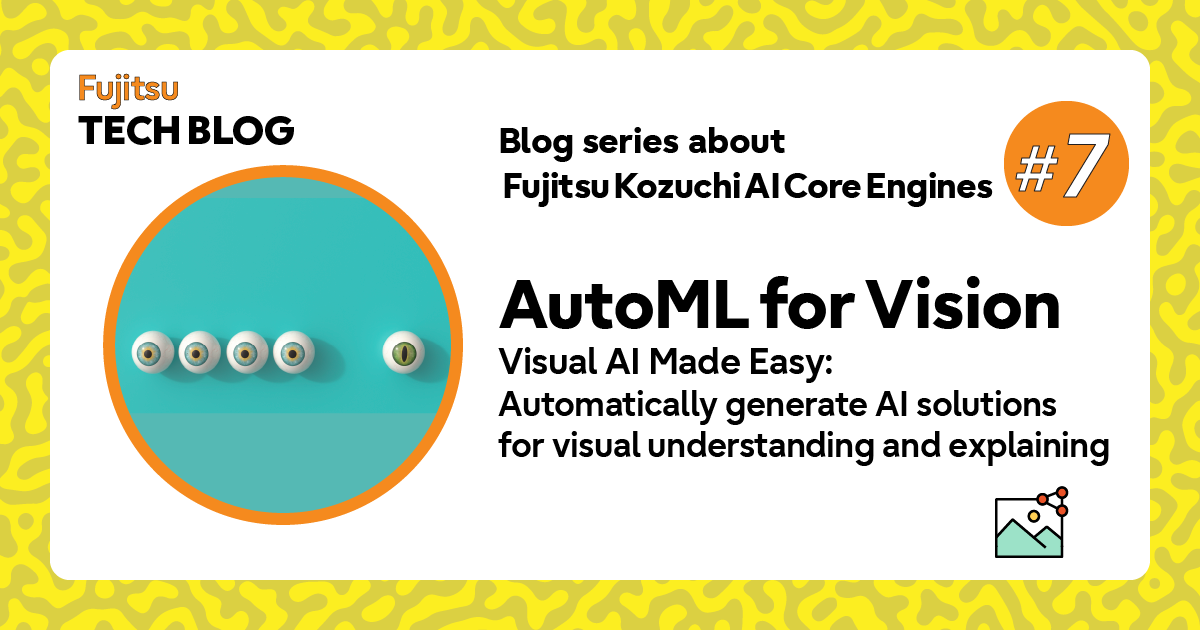
Hello, I'm Hiroaki Yamane from the Artificial Intelligence Laboratory. Today, I would like to introduce an exciting new AI core engine – Fujitsu AutoML for Vision – which is now available from Fujitsu Kozuchi.
This article is part of a series introducing the AI core engines of Fujitsu Kozuchi. At the end of the article, you can find a list of all the previous blogs! ...
Please refer to the link below for the rest of the article. blog-en.fltech.dev